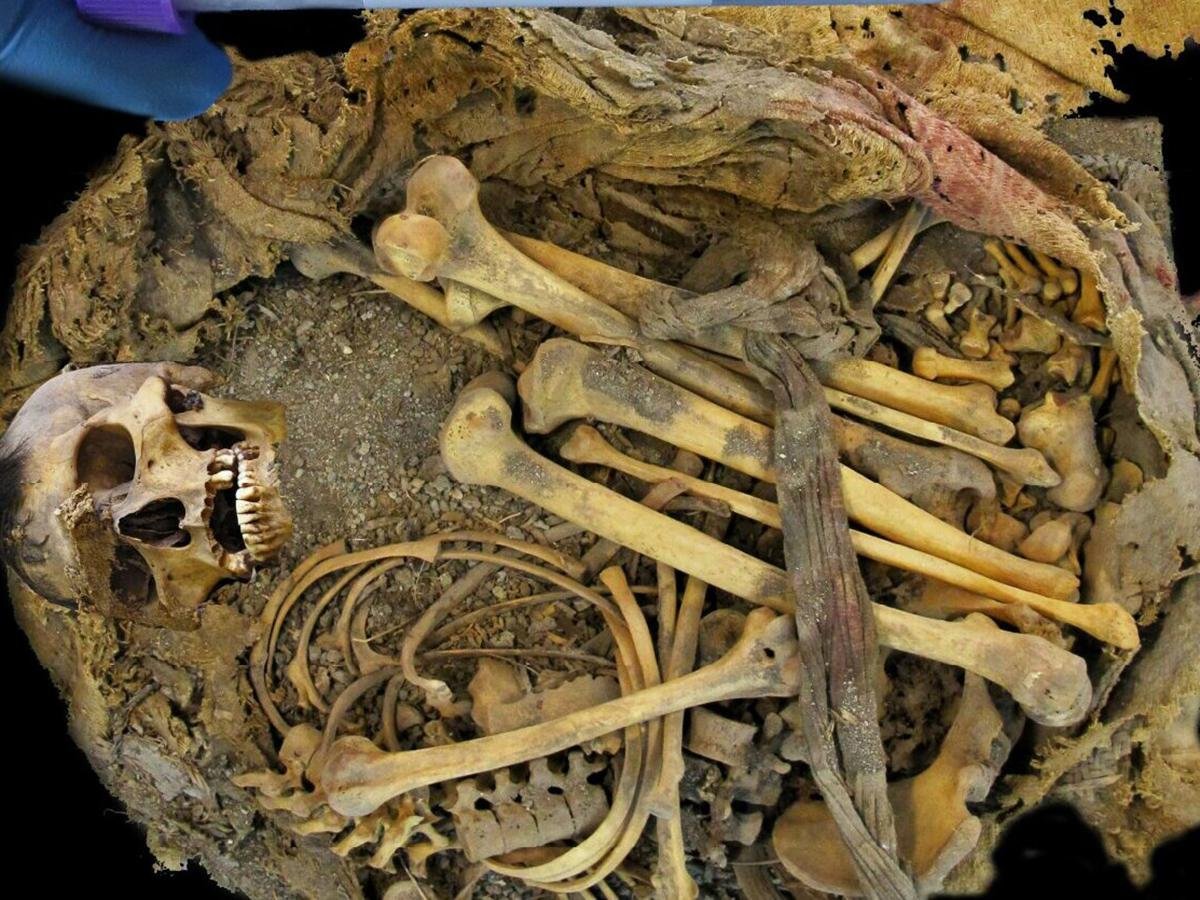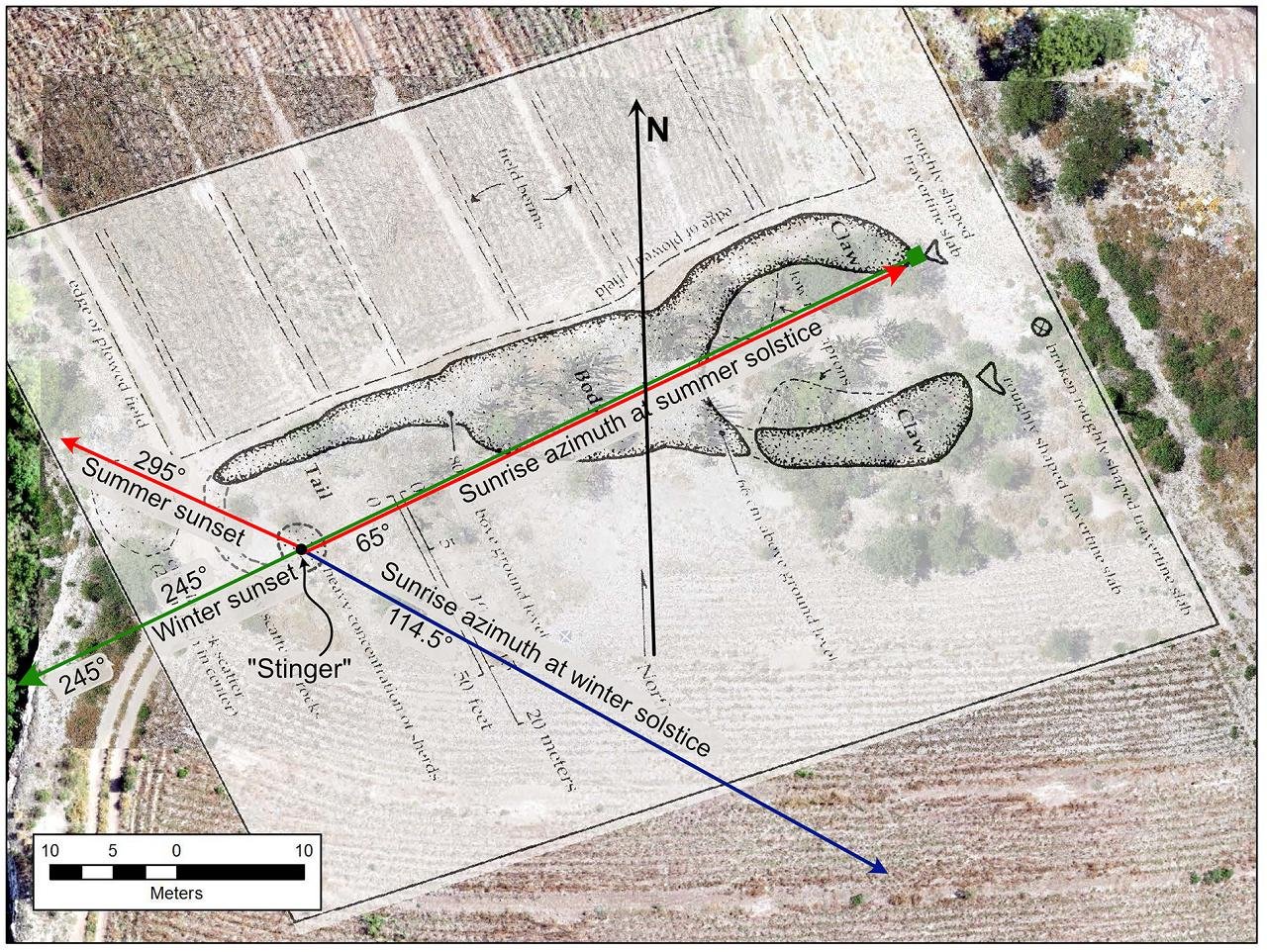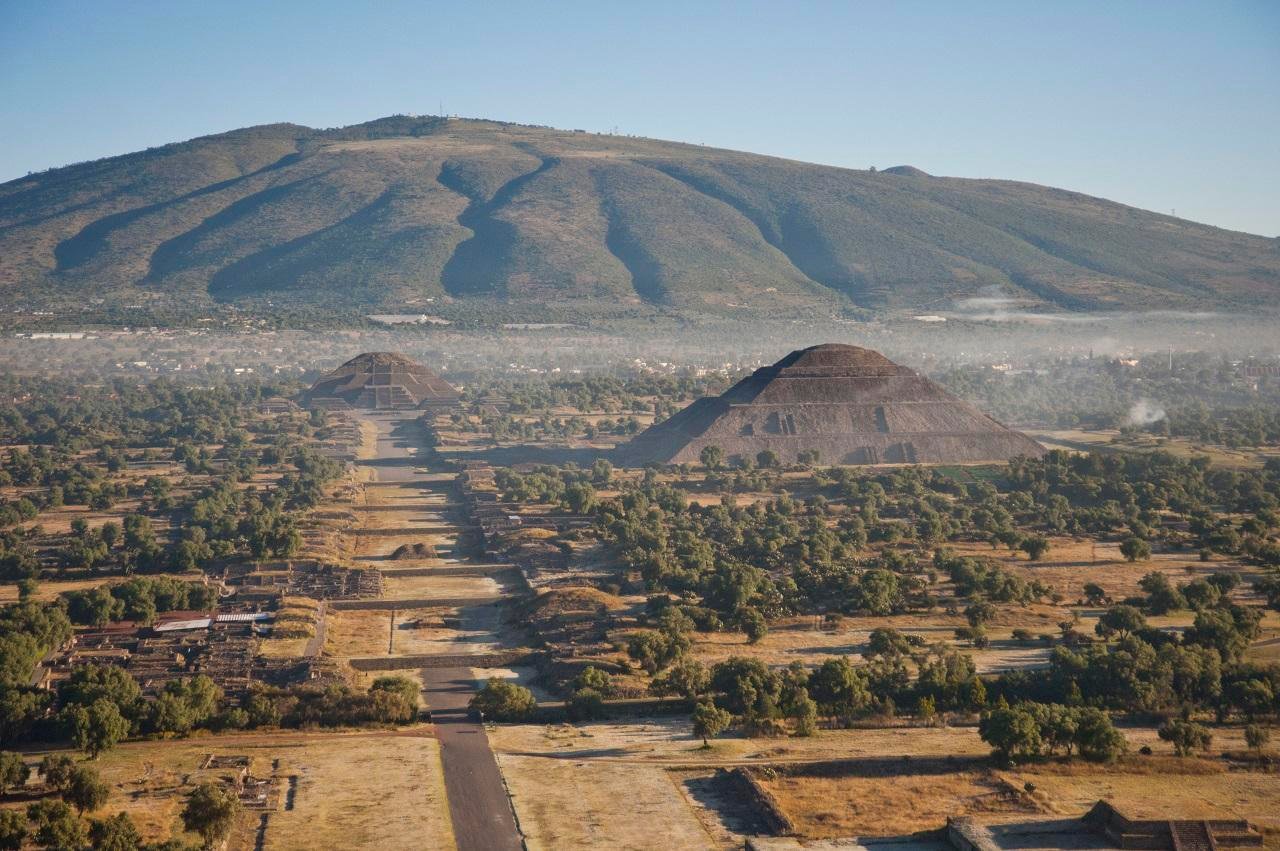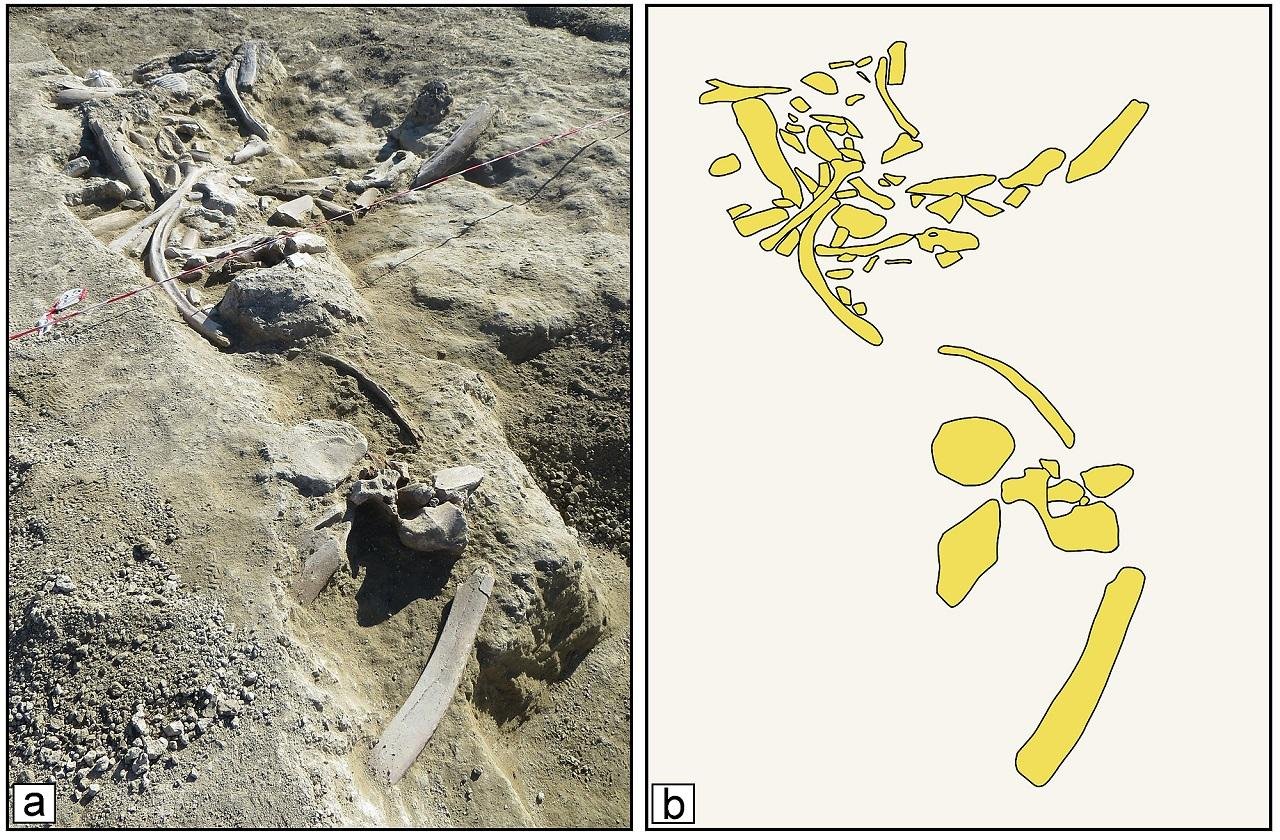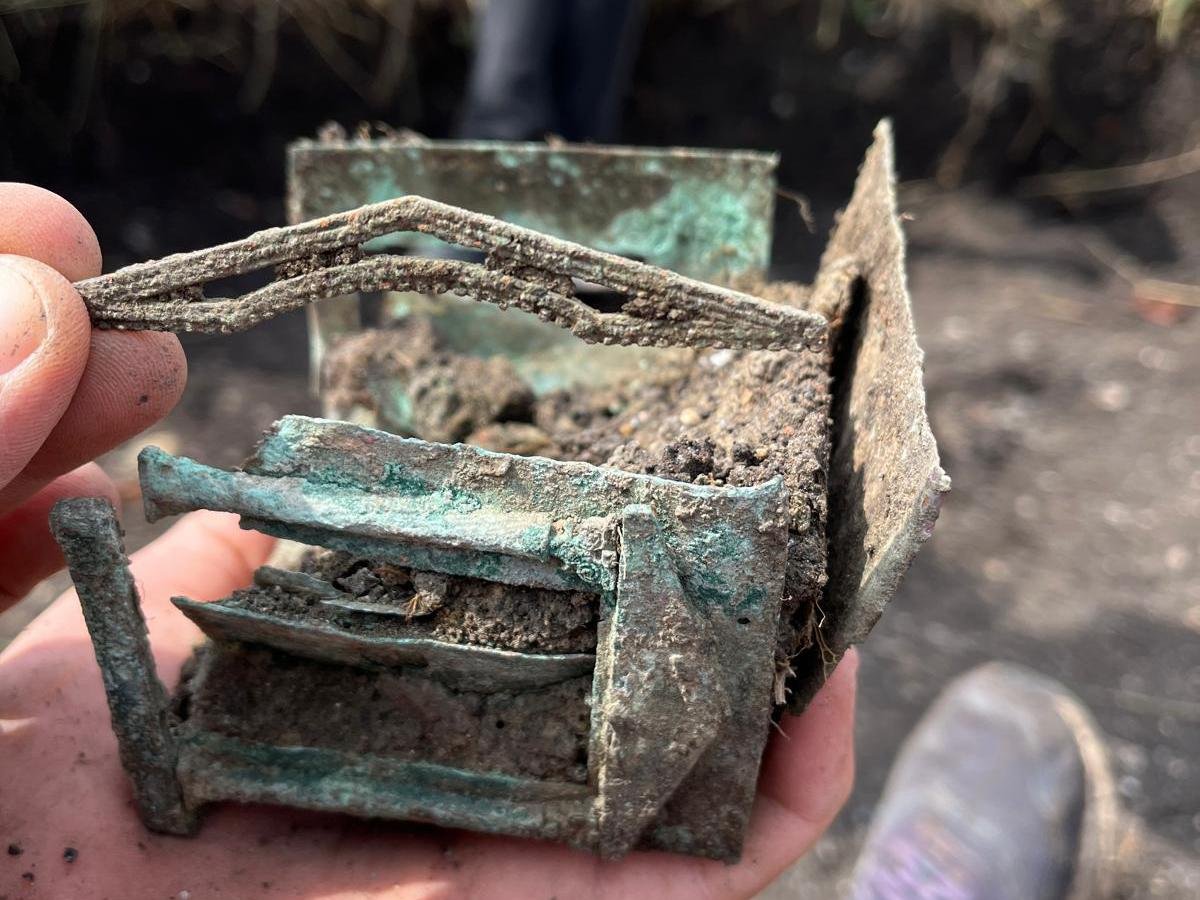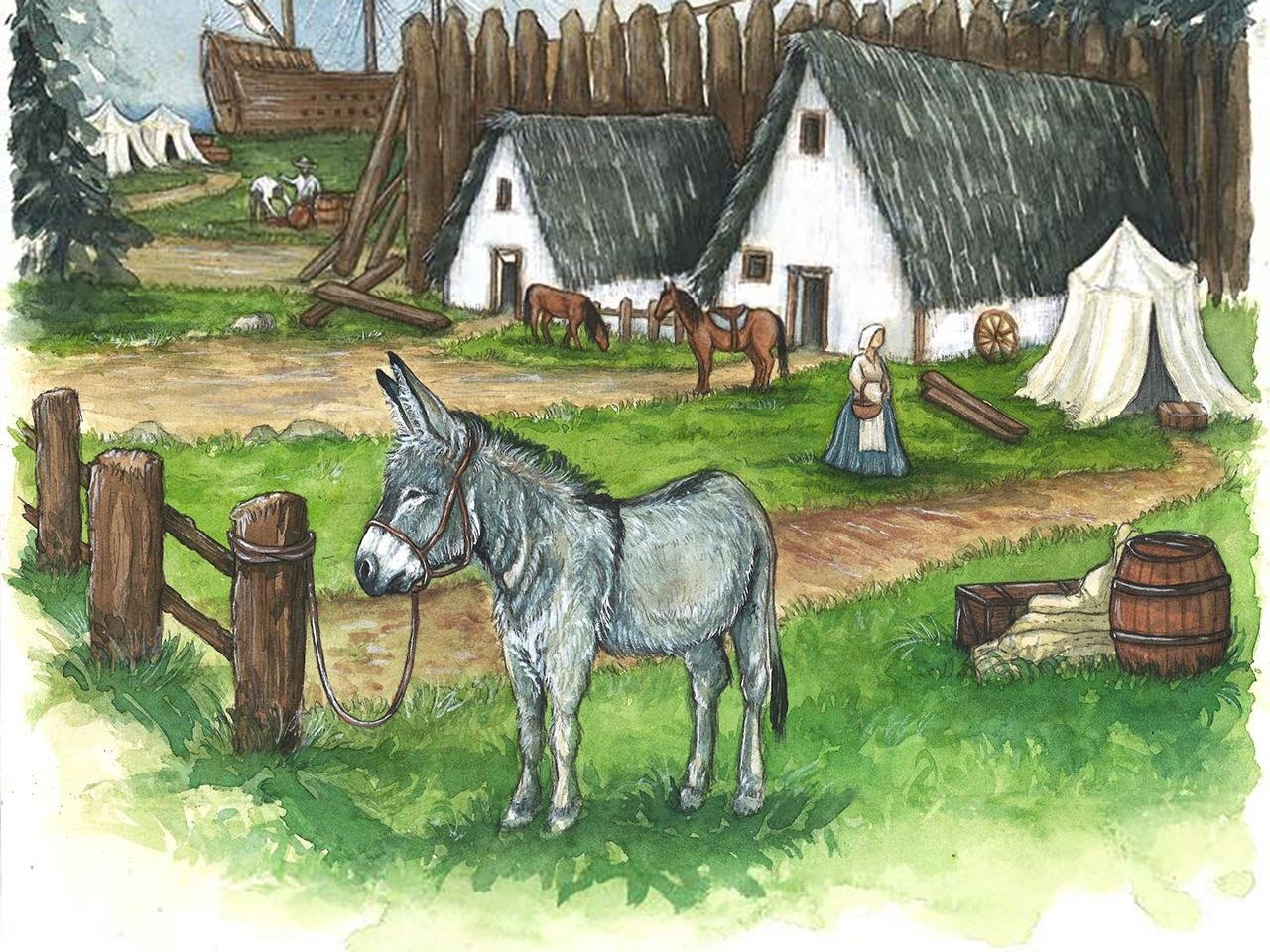Archaeologists have uncovered a well-preserved Late Bronze Age burial complex near the ancient coastal port of Yavneh-Yam in Israel, yielding rare evidence of Canaanite funeral practices and elite connections with Egypt around 3,300 years ago. The discovery, described in the journal Antiquity, was unearthed after construction works inadvertently broke through the ceiling of a monumental rock-cut tomb at Palmachim Beach National Park.
 Views of the cave entrance: a) from the inside; b) from the courtyard (figure by Shatil Emmanuilov; images courtesy of the Israel Antiquities Authority). Credit: S. Ben-Dor Evian et al., Antiquity (2025); CC BY 4.0
Views of the cave entrance: a) from the inside; b) from the courtyard (figure by Shatil Emmanuilov; images courtesy of the Israel Antiquities Authority). Credit: S. Ben-Dor Evian et al., Antiquity (2025); CC BY 4.0
The site, which gazes out upon one of the best natural anchorages on the southern Levantine coast, corresponds with the Egyptian port of Muḫḫazu—recorded in fourteenth-century BCE texts such as the Amarna Letters. Strategically located between Jaffa and Ashdod, Yavneh-Yam had previously yielded only modest remains from the Late Bronze Age occupation. The recently excavated tomb, however, changes that image completely, offering proof of a powerful local polity deeply involved in long-distance trade and Egyptian imperial networks.
Carved into the coastal sandstone is a nearly square chamber measuring about 6.5 meters in width, with a ceiling supported by a pillar in the center. Its well-cut façade, arched entrance, and symmetrical plan display remarkable architectural skill and high investment—features indicating elite status. At least ten individuals, both adults and children, were interred along the walls in supine or flexed positions. They were accompanied by more than 140 complete ceramic vessels, many of which remained in place, alongside luxury goods such as a gold earring, an Egyptian-style Bes vessel, and a cartouche-inscribed scarab of Pharaoh Thutmose III.
The pottery ᴀssemblage is a striking blend of imported and local wares, including Cypriot Base Ring jugs, White Slip bowls, and Late Helladic cups from the Aegean. This diversity is a testament to the port’s involvement in the flourishing maritime exchange networks linking Canaan, Cyprus, and the wider eastern Mediterranean in the fourteenth–thirteenth centuries BCE. Organic residue analyses revealed the presence of fish, sheep and goat limbs, and plant materials in some containers—archaeological evidence of food offerings and ritual feasting as part of funerary practices.
 Finds near the stone installation, including Cypriot pottery (figure by Emil Alajem; images courtesy of the Israel Antiquities Authority). Credit: S. Ben-Dor Evian et al., Antiquity (2025); CC BY 4.0
Finds near the stone installation, including Cypriot pottery (figure by Emil Alajem; images courtesy of the Israel Antiquities Authority). Credit: S. Ben-Dor Evian et al., Antiquity (2025); CC BY 4.0
Outside the cave, archaeologists uncovered an open courtyard with ash layers, animal bones, cooking pots, and a stone-lined pit. These finds, including pieces of a terracotta figurine, are interpreted as evidence of funerary banquets organized in honor of the ᴅᴇᴀᴅ. Well-preserved records of Late Bronze Age II mortuary feasts in the Levant are exceedingly rare, and this discovery provides new information on Canaanite social and ritual life under Egyptian influence.
Although the tomb was partially looted shortly after its discovery in 2022, a rapid pH๏τogrammetric survey captured a 3D model before significant damage occurred, preserving important data on the original arrangement of artifacts and burials. The chamber in its initial condition before the robbery represents the first intact monumental rock-cut burial from Late Bronze Age II Canaan to be documented since the 1960s.
 Finds from the cave: a) bronze arrowheads; b) storage jars near the central pillar; c & d) bowls with food remains (figure by Emil Alajem; images courtesy of the Israel Antiquities Authority). Credit: S. Ben-Dor Evian et al., Antiquity (2025); CC BY 4.0
Finds from the cave: a) bronze arrowheads; b) storage jars near the central pillar; c & d) bowls with food remains (figure by Emil Alajem; images courtesy of the Israel Antiquities Authority). Credit: S. Ben-Dor Evian et al., Antiquity (2025); CC BY 4.0
Scholars note that the Yavneh-Yam burial cave is not only a manifestation of Canaanite architects’ technical prowess but also proof of local elites’ integration into Egypt’s imperial sphere. The construction of such a complex tomb must have required immense labor and resources, meaning the occupants were members of a high-ranking class affiliated with the administration of the Egyptian-controlled port of Muḫḫazu.
Ongoing research on the human remains, animal and plant samples, and imported ceramics aims to reconstruct the diet, trade networks, and social idenтιтies of the deceased individuals.
More information: Ben-Dor Evian, S., Yasur-Landau, A., Finkelstein, I., Edrey, M., & Itach, G. (2025). A monumental burial complex from an Amarna-age port at Yavneh-Yam, Israel. Antiquity, 1–7. doi:10.15184/aqy.2025.10204
